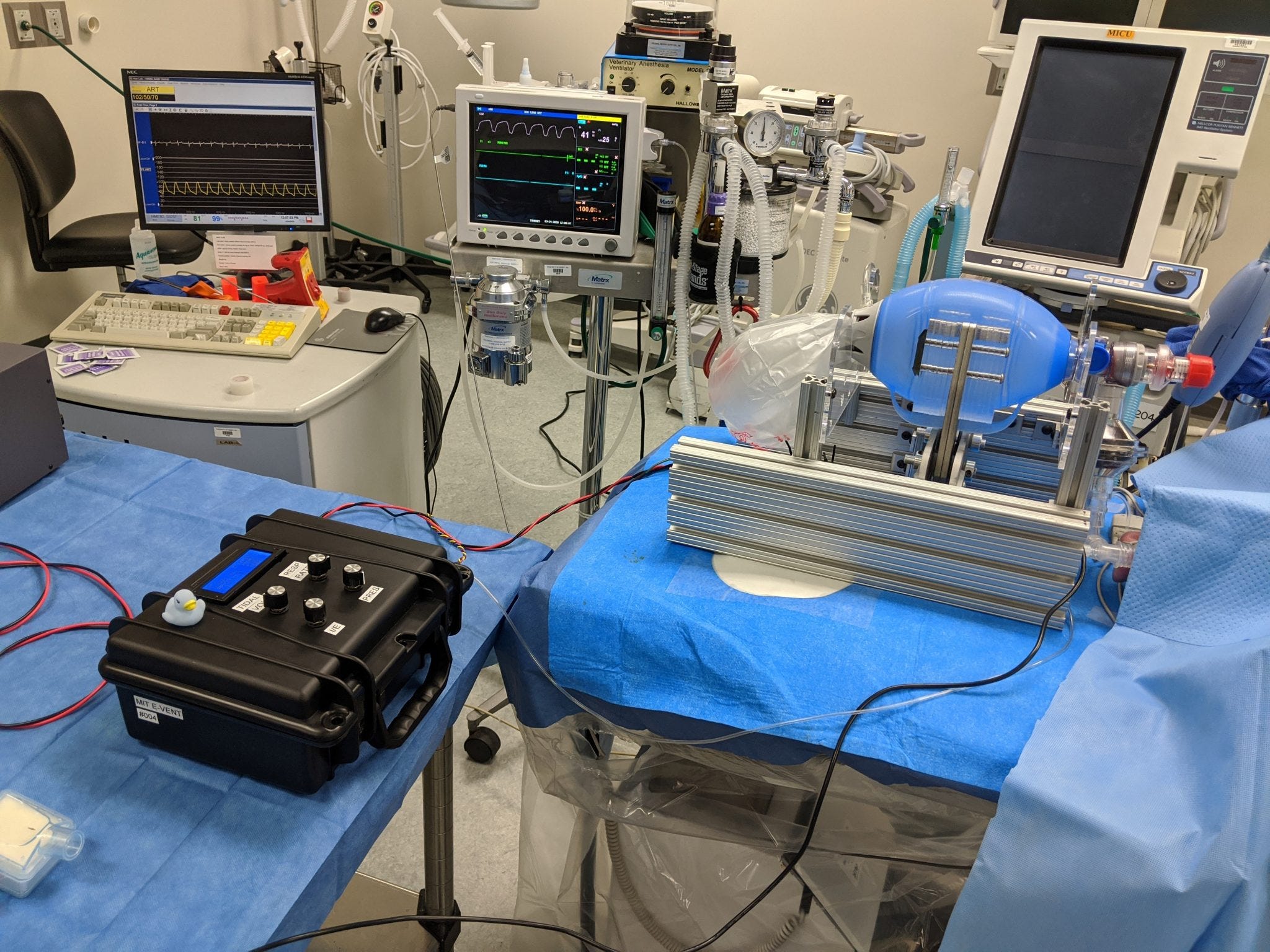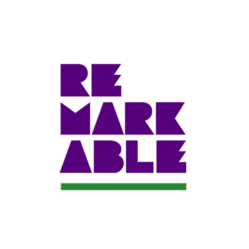Matt Crott from ResusRight, has been writing some amazing articles during his Remarkable accelerator journey and here’s a blog that he prepared last month. Thanks for letting us share this, Matt!
With over 400,000 confirmed cases of COVID-19 worldwide and an ICU admission rate of roughly 5%, that’s a whole lot of patients who need respiratory assistance. A shortage of ventilators has already been experienced in Italy, with doctors likening the situation to wartime triage. As cases continue to rise daily, the scarcity of appropriate equipment is being felt globally, with US hotspots already facing similar shortages.
The situation has triggered a worldwide call to the science and engineering community to rapidly design, prototype and manufacture open-source ventilators, personal protective equipment and other medical hardware. The ‘Helpful Engineering’ movement has recruited over 3,000 volunteers worldwide, universities are diverting undergraduate theses to tackle the issue and individuals such as Johnny Lee are spending their spare time developing open-source hardware to distrubute globally at no cost.
While these efforts are certainly welcome, I’m sure you can imagine that building an inexpensive and scalable ventilator isn’t actually that easy. Especially when you consider the fact that the tube attached to the pump you took out of your Nan’s aquarium controlled by a $5 Arduino clone you bought on eBay is actually breathing for a comatose patient on the other end.
How do ventilators work?

I’ll give you a quick crash course on modern mechanical ventilation. We start with a supply of gas, both oxygen and air, from outlets in the wall of the hospital or even gas cylinders. The ventilator’s first role is to control the ratio of these gasses so that the right amount of oxygen ends up inside the patient’s lungs. Then, the gas flow to the patient needs to be finely controlled so that the perfect pressure and amount of gas is delivered. The lungs of patients who typically need ventilation are rather sensitive — too much pressure and volume they get damaged; too little and they don’t get enough air to oxygenate the blood. Also, the air needs to be humidified as dry air can damage the airways and lungs. The amount of air that goes to the lungs is termed the ‘tidal volume’ — the required tidal volume is dependent on the size of the patient. This works hand in hand with the ‘respiratory rate’, typically measured in breaths per minute, to ensure that the patient gets enough oxygen. For example, if you have the perfect tidal volume but only deliver one breath every minute, it’s not going to be enough to sustain the patient.
When we look at the pressure of the gas delivered to the patient, there are two main factors to control: the peak inspiratory pressure (PIP) and peak end-expiratory pressures (PEEP). PIP is the maximum pressure reached during the inspiration of gas — too high and you damage the lungs; too low and you aren’t able to open the lungs enough to get the amount of air you need. Here, we have to remember that pressure and flow are inextricably linked — pressure is what drives the flow of a gas, so if there is not enough pressure you will not get enough flow. If you do not get enough flow, you will not get enough air into the lungs as the tidal volume is equal to the flow rate of air over time. The other factor, PEEP, is the remaining pressure in the lungs at the end of expiration. This is necessary so the lungs do not completely deflate between breaths, actually increasing the efficiency of the gas exchange.
What else can we do?
So, is there a simpler way of doing it? In Grey’s Anatomy sometimes they squeeze a weird inflatable bag thing and it breathes for the patient…can’t we just do that?
Well…maybe. The self-inflating bag (SIB) is a fantastic device that seems fairly simple. You squeeze a collapsible PVC chamber, air comes out, you let go, the bag self inflates and the expiratory air is redirected to the atmosphere, ready for another breath. In fact, a team at MIT has developed a low-cost ventilator based on a self-inflating bag called the E-Vent, while a team in Barcelona have released a similar 3D printable concept. More and more SIB based ventilators are popping up all over the world every other day, including Ireland and the Netherlands.

Don’t get me wrong, open-source collaboration in a time of need is vital. However, there’s more to an SIB than meets the eye and there are some crucial factors that need to be considered in light of the current pandemic.
The first thing to remember is that we’re dealing with a virus. A recent article in the Medical Journal of Australia emphasises that non-invasive ventilation can result in aerosolizing of the virus, spraying a fine virus-containing mist into the room that puts everyone at risk. To avoid this is relatively easy: we intubate. Early intubation is recommended to avoid prolonged high-flow nasal oxygen, as well as decreasing the risk of a CICO (can’t intubate can’t oxygenate) situation that can arise from upper airway obstruction. This is what you often see in TV shows, ending with a handsome doctor jabbing a pen into the patient’s throat (a hyperbolised low-tech tracheotomy). To overcome the aerosolization of the virus we stick a HEPA (high-efficiency particulate air) filter on and we’re set, right?
Well…almost. There’s another thing to consider: PEEP. This is very important for patients with COVID-19 and it’s a weird concept to wrap your head around without context. The video below explains it well (graphic warning).
An estimated 17% of confirmed COVID-19 cases result in acute respiratory distress syndrome (ARDS). This is a rapid onset of fluid build-up and inflammation in the lungs, making breathing nearly impossible and mechanical ventilation almost inevitable. PEEP is incredibly important when it comes to ARDS — a higher PEEP allows more efficient gas exchange and more oxygen to actually be absorbed by the lungs, preventing collapse of the alveoli (the tiny little sacs of air in the lungs that absorb the oxygen). So, how do we get PEEP in an SIB based ventilator? In a traditional mechanical ventilator, you need a constant flow and pressure to obtain PEEP, however SIBs don’t have constant flow.
To counter this, there are specially made PEEP valves that attach on to a SIB. These can adequately maintain PEEP, but then we encounter another issue: some widely available SIBs are not rated to use both a HEPA filter and a PEEP valve simultaneously (they just don’t have parts that physically fit together). Obviously, this is a significant issue that could potentially be resolved when developing a SIB ventilator through a few modifications and extra parts.
Because self-inflating bags are universal, they seem like a great candidate to be at the core of a low cost emergency ventilator. They’re actually the most common method of providing resuscitation at birth globally, and while we’re not talking babies here, paediatric and adult models are incredibly widespread. They’re so synonymous with resuscitation that one critical issue is often overlooked: they don’t always work.
In 2018, researchers based at Westmead Hospital in Sydney, Australia found that of the 20 widely available brands of SIBs, only 50% could actually function at an acceptable level. A doctor or nurse ventilating a patient in a high-stress environment wouldn’t be able to recognise that the device wasn’t working as it should, leading to the patient declining and potentially dying. To top it off, all of these brands are approved medical devices and compliant with ISO standards. Subsequently, the state of New South Wales in Australia issued a safety notice recommending that hospitals only use those devices that passed the test with flying colours. While this is obviously a good result, this only accounts for 30% of Australia and that’s really not enough.
The concept that a critical care medical device that is FDA approved and ISO compliant might ‘just not work’ is ludicrous. Simplistic devices such as the self-inflating bag are just assumed to work. When a pandemic like SARS-CoV-2 comes along, medical staff on the frontline need to know that the technology they’re using is reliable and simply works.





